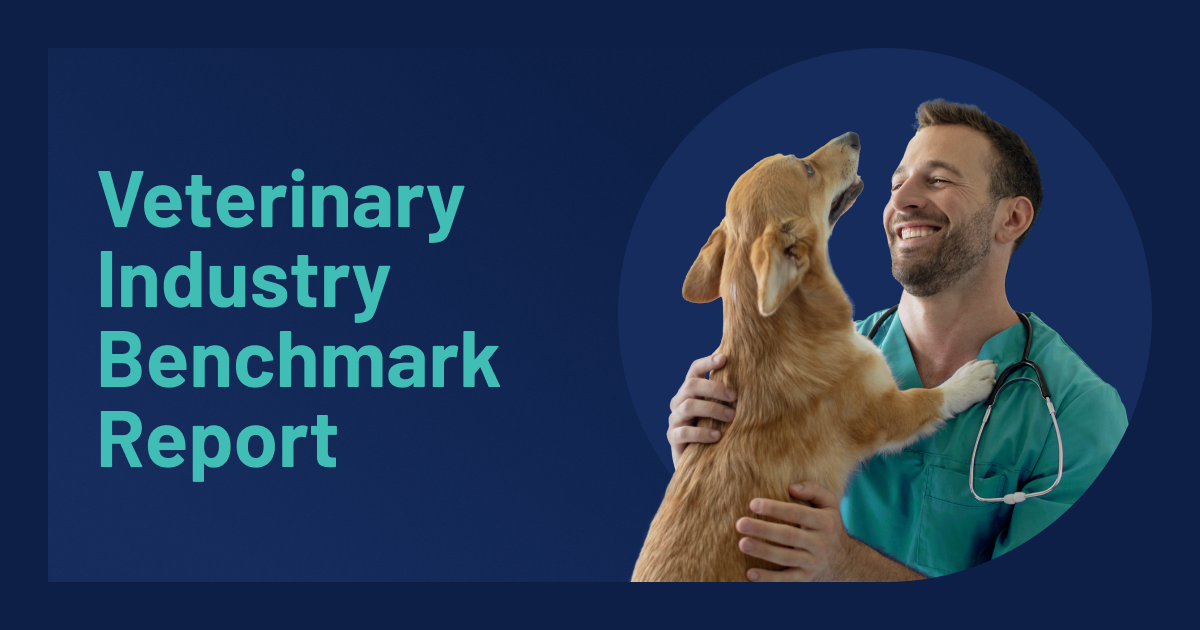
Veterinary Practices: You Can’t Price Your Way to Growth
How Veterinary Practices Can Rebuild Volume and Trust in 2025
The 2025 Veterinary Industry Benchmark Report from iVET360 paints a clear picture of where the profession stands today. Revenue may have ticked up slightly last year, but it came at a cost: fewer visits, fewer new clients, and a noticeable decline in client loyalty. Across nearly 1,500 practices analyzed, client visits dropped by 4 percent, and new client acquisition fell by almost 10 percent.
So why did overall revenue still manage to grow by about 1.3 percent? The answer is inflation. Average Transaction Charge (ATC) increased from 7.8 percent to 6.1 percent, which means most practices maintained financial stability by raising prices rather than increasing visits or services. That strategy worked in the short term, but it is reaching its limit.
The data makes one thing obvious: you cannot price your way through this moment.
The Real Risk Behind Higher Fees
When practices rely too heavily on price increases, they begin to lose the one thing that has always mattered most—client trust. Pet owners notice when costs climb faster than value. They start shopping around, delaying visits, or simply going elsewhere for care.
This pressure is compounded by the growing influence of private equity groups, who often increase prices to meet investor expectations. Vendors follow suit, and independent practices are forced to raise their own fees just to keep up. The ripple effect is pushing veterinary costs to new highs, while client confidence continues to slide.
But here’s the good news: practices still have control. You can’t control inflation or competition, but you can control the client experience. And that’s where the opportunity lies.
Connection Beats Correction
Veterinary medicine is a relationship business. Clients may come in for vaccines or dental cleanings, but what keeps them coming back is how you make them feel. That starts long before they step into an exam room.
At iVET360, our call tracking data consistently shows that front desk performance is one of the strongest predictors of revenue growth. In many cases, a potential client’s first call to a clinic determines whether they ever make an appointment. A warm, confident conversation that clearly communicates value builds trust and converts curiosity into commitment. A vague or rushed exchange often does the opposite.
Think about it this way: your advertising gets the phone to ring, but your front desk determines whether that ring turns into revenue.
Why Pet Insurance Conversations Matter
One of the most powerful tools to improve compliance and protect pets is pet insurance. Yet too many practices treat it as an afterthought. Our analysts have seen a rise in euthanasia cases where cost, not care, was the deciding factor. That is a heartbreaking and preventable outcome.
Bringing up insurance early—especially with younger pet owners—can make all the difference. It removes the fear of financial surprise and keeps clients focused on care instead of cost. Unlike reactive tools such as credit lines, insurance is proactive. It ensures that when the unexpected happens, your clients are ready to say yes to the treatment their pets need.
The New Pet Owner Mindset
Today’s pet owners are digitally native and loyalty optional. They expect to interact with their veterinarian the same way they do with every other service in their lives—on their terms and on their time.
That means online scheduling, chat options, and seamless reminders are no longer luxuries. They are expectations. According to a recent PetDesk survey, 87 percent of pet owners say appointment reminders are important, yet 42 percent report not receiving any. More than half experience issues when trying to book appointments, from long hold times to limited after-hours options.
Every one of those friction points is a missed opportunity for connection.
What Comes Next
The data in this year’s report is a wake-up call, but it’s also a roadmap. Practices that will grow in 2025 are the ones that stop relying on pricing and start investing in relationships.
That means retraining teams, revisiting communication habits, and creating experiences that make clients feel seen and supported. It means using your data to guide decisions rather than guesswork. And it means leading with empathy—because behind every metric is a pet, a person, and a choice about where to go for care.
You cannot price your way to growth. But you can build it, one meaningful connection at a time.
Download the report for insights







